Growing tomatoes and peppers can be a rewarding endeavor for gardeners of all levels. These vibrant vegetables are staples in many kitchens and gardens, prized for their flavor, versatility, and nutritional value. To help ensure a bountiful harvest, it’s essential to understand and implement the best practices from planting to harvesting. Here’s a comprehensive guide to successfully growing tomatoes and peppers.
1. Selecting the Right Varieties
Choosing the right variety of tomatoes and peppers is crucial for success. Consider your climate, space, and taste preferences:
- Tomatoes: Varieties range from small cherry tomatoes to large beefsteaks. For cooler climates, opt for early-maturing varieties. In warmer regions, you can select indeterminate varieties that produce fruit throughout the growing season.
- Peppers: Peppers come in sweet and hot varieties, each with distinct requirements. Sweet peppers, like bell peppers, generally prefer warmer climates and longer growing seasons, while hot peppers can be more tolerant of varied conditions.
2. Preparing the Soil
Healthy soil is the foundation of a successful garden. Both tomatoes and peppers thrive in well-drained, nutrient-rich soil:
- Soil Preparation: Test your soil's pH level. Tomatoes and peppers prefer a pH of 6.0 to 6.8. Amend your soil with compost or well-rotted manure to improve its texture and nutrient content.
- Drainage: Ensure your garden beds or containers have good drainage to prevent root rot. Raised beds and containers are excellent options for improving drainage.
3. Planting
Timing and technique are critical when planting tomatoes and peppers:
- Timing: Start seeds indoors 6-8 weeks before the last expected frost date. Transplant seedlings outdoors once the danger of frost has passed and the soil temperature is consistently above 60°F (15°C).
- Spacing: Space tomato plants about 18-24 inches apart and peppers 12-18 inches apart to ensure adequate air circulation and reduce the risk of disease.
- Planting Depth: For tomatoes, plant seedlings deeper than they were in their pots to encourage a stronger root system. For peppers, plant at the same depth as they were in their pots.
4. Providing Support
Tomatoes, in particular, benefit from support to keep their fruit off the ground and reduce disease risk:
- Tomato Supports: Use cages, stakes, or trellises to support tomato plants. This helps keep the plants upright and allows for better air circulation.
- Pepper Supports: While not always necessary, staking or caging pepper plants can prevent them from falling over under the weight of their fruit.
5. Watering and Fertilizing
Proper watering and fertilizing practices are key to vigorous growth and fruit production:
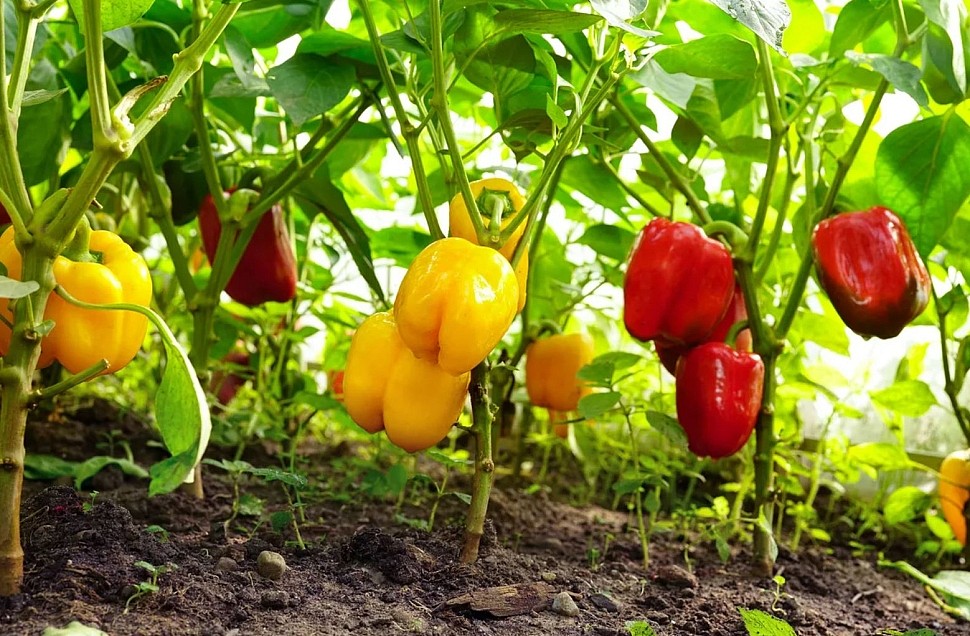
- Watering: Both tomatoes and peppers require consistent moisture. Water deeply but infrequently to encourage deep root growth. Avoid wetting the foliage to reduce the risk of fungal diseases.
- Fertilizing: Use a balanced fertilizer or one specifically formulated for tomatoes and peppers. Start with a high phosphorus fertilizer to promote root development, then switch to a balanced fertilizer once the plants begin to fruit.
6. Managing Pests and Diseases
Vigilance and proactive management can prevent or minimize pest and disease issues:
- Pests: Common pests include aphids, whiteflies, and hornworms. Use organic insecticidal soaps or neem oil to control infestations. Encourage beneficial insects like ladybugs that prey on harmful pests.
- Diseases: Tomatoes and peppers are susceptible to various diseases, including blight and powdery mildew. Ensure good air circulation, avoid overhead watering, and remove affected plant parts promptly.
7. Pruning and Training
Pruning and training can improve air circulation and fruit production:
- Tomatoes: Remove suckers (the shoots that grow between the main stem and branches) to focus the plant’s energy on producing fruit. This is particularly important for indeterminate varieties.
- Peppers: Remove lower leaves to improve airflow and prevent soil-borne diseases from splashing up onto the plant.
8. Harvesting
Harvesting at the right time ensures the best flavor and quality:
- Tomatoes: Pick tomatoes when they are firm and have turned their full color. They should feel slightly soft to the touch. For varieties that ripen off the vine, you can harvest them when they’re mostly colored and let them ripen indoors.
- Peppers: Harvest peppers when they have reached their full size and color. Green peppers can be picked early, but letting them mature will develop their full flavor and color.
Conclusion
Successful cultivation of tomatoes and peppers requires careful planning, attention to detail, and consistent care. By selecting the right varieties, preparing your soil, and managing your plants effectively from planting to harvesting, you can enjoy a bountiful and flavorful crop. With these secrets in mind, you’re well on your way to becoming a successful gardener and savoring the fruits of your labor. Happy gardening!
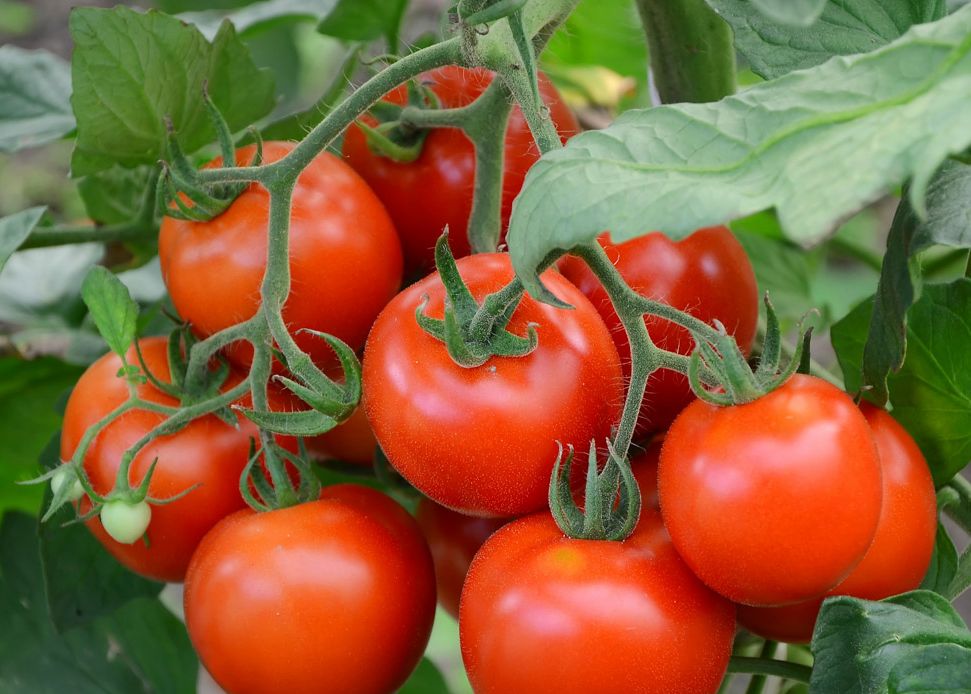
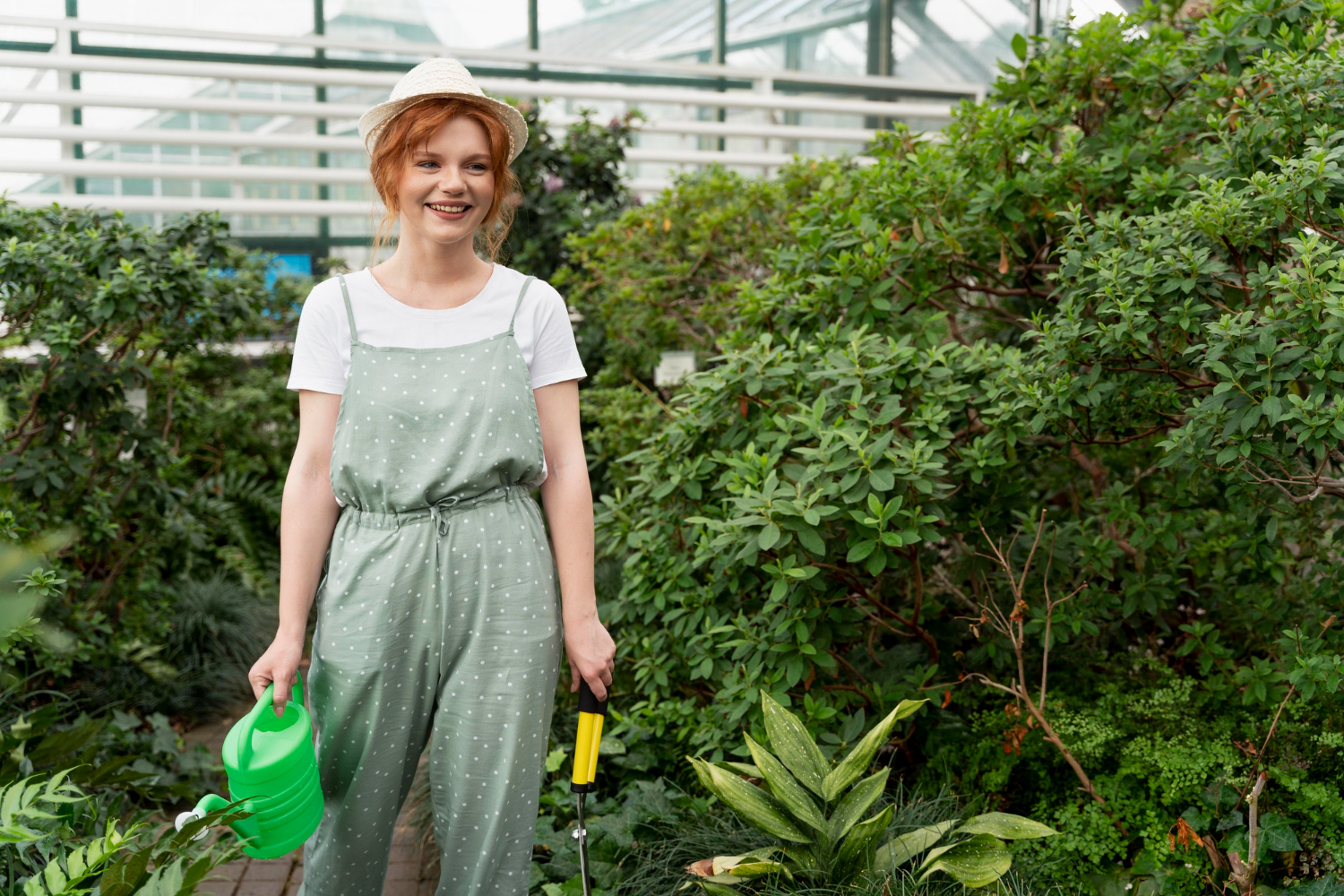
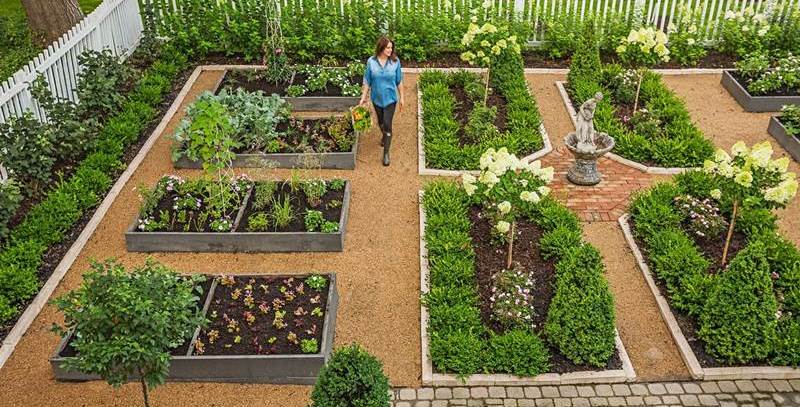
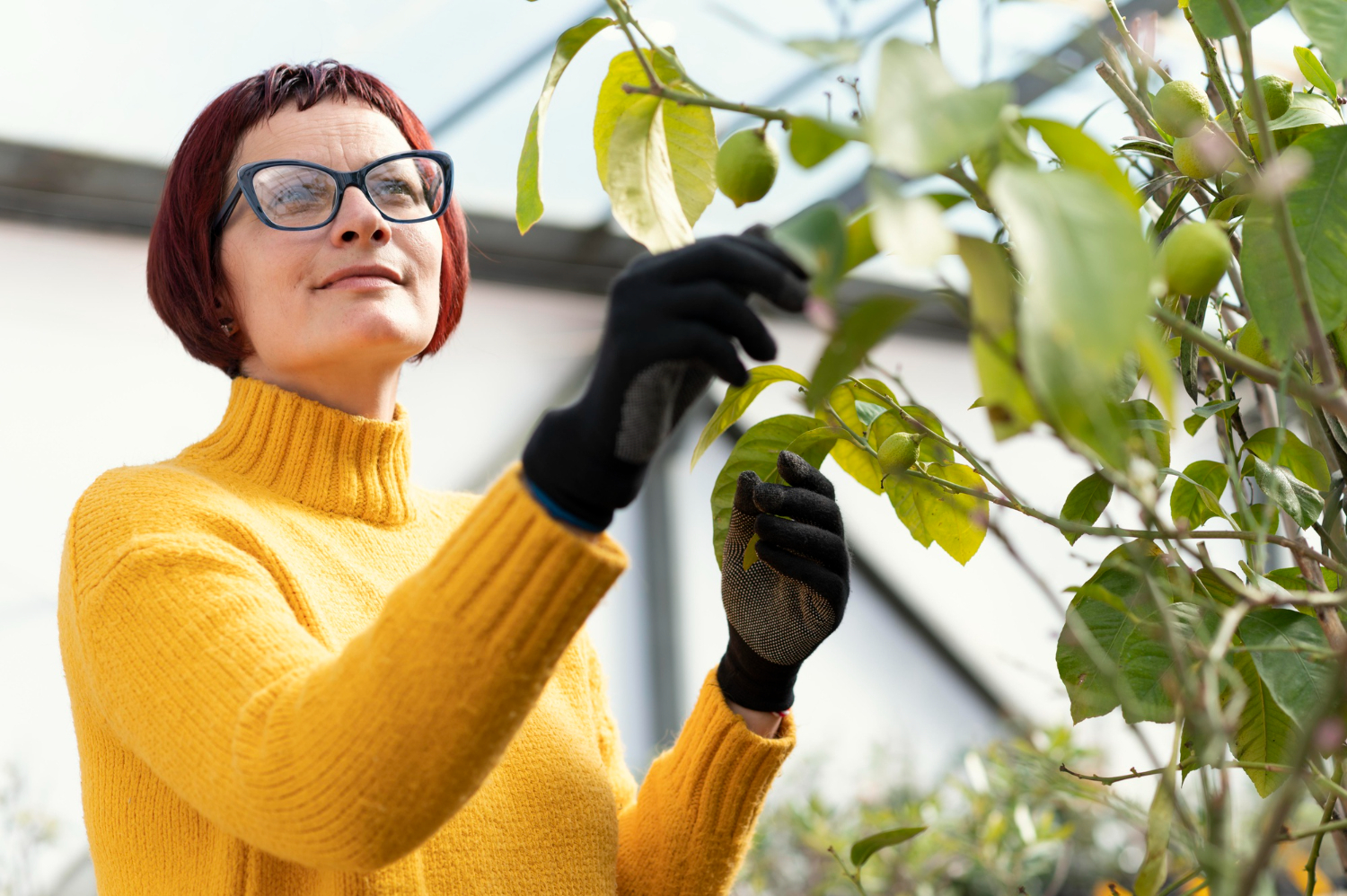
‟I like the informative and interesting articles on this site. They make information accessible to everyone.”
Humzah Thomson
Author
‟I have been reading this blog for several months now and I can easily say that it has become a source of inspiration for me. The author's thoughts often make you think and help to understand today's problems.”
Brax Drew
Author